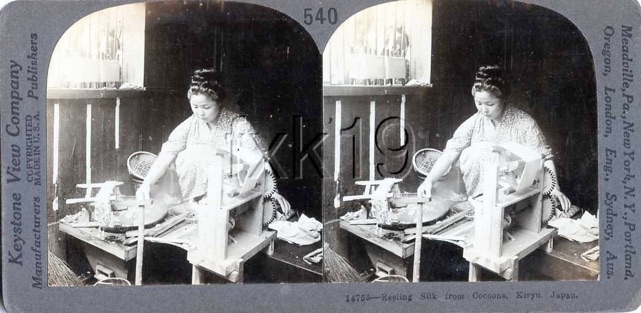The Stereoview

The Basics
This is as crude and helpful as I can make it. Almost all stereoviews (or stereographs--same thing) fall into two large groups:
Wet Plate (the Golden Age)--mostly 1860s and 1870s. These mostly have yellow or orange mounts, some can be larger (taller, or Imperial size), and they are mostly made by individual photographers in various towns, large and small. The best famous examples include those by Carleton Watkins and William Henry Jackson, but the number of actual photographers over this period must be 10,000 or so. They are without question the most interesting and far ranging of all stereoviews, and can include the esoteric, the mundane, and the spectacular. This, to me, is where the stereoviews soar and are, often, just amazing.
Click for a page devoted to this particular heyday.
Dry Plate (or Commercial era)--mostly 1890-1920s. These are beige or gray mount cards produced by large companies, usually in numbered and captioned sets. The biggest company was Keystone, as far as I can tell, followed by Underwood and Underwood. There were a dozen smaller companies, and they all have very high technical standards--sharp, well processed, excellent work. But they are very generic and predictable.

